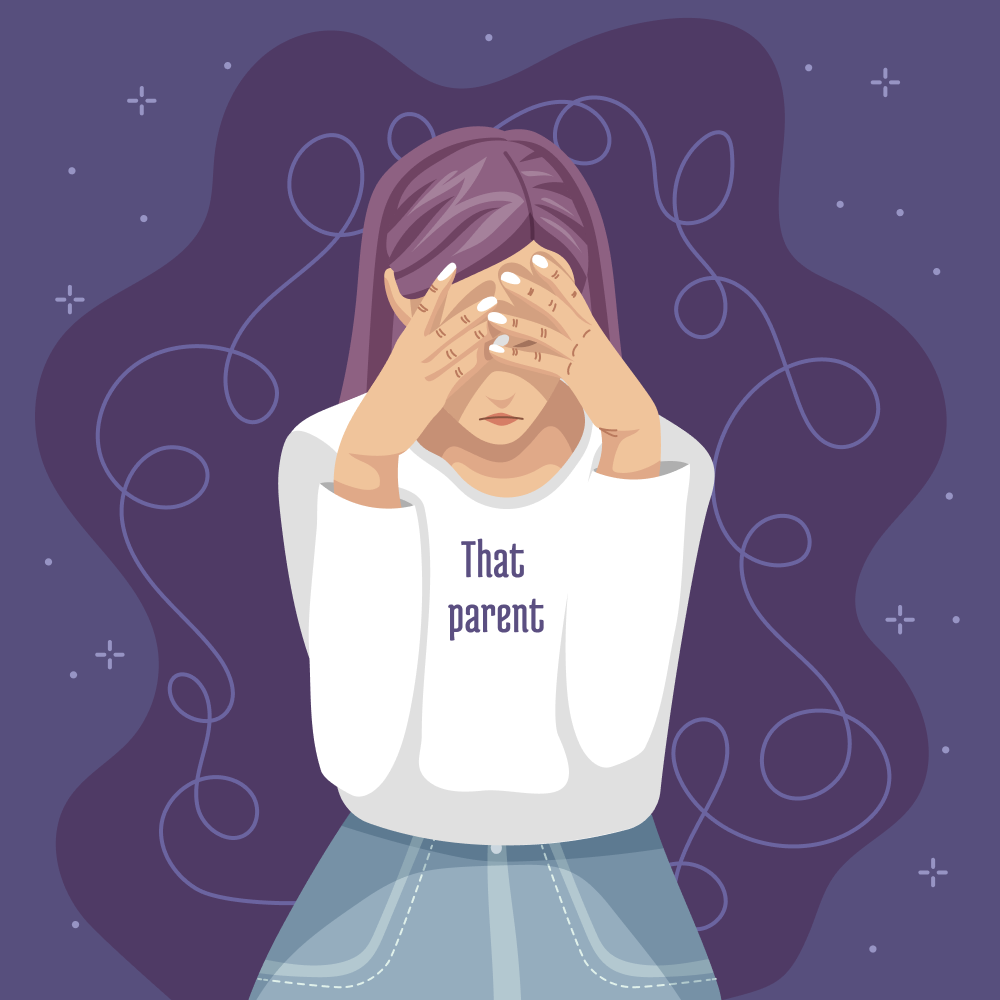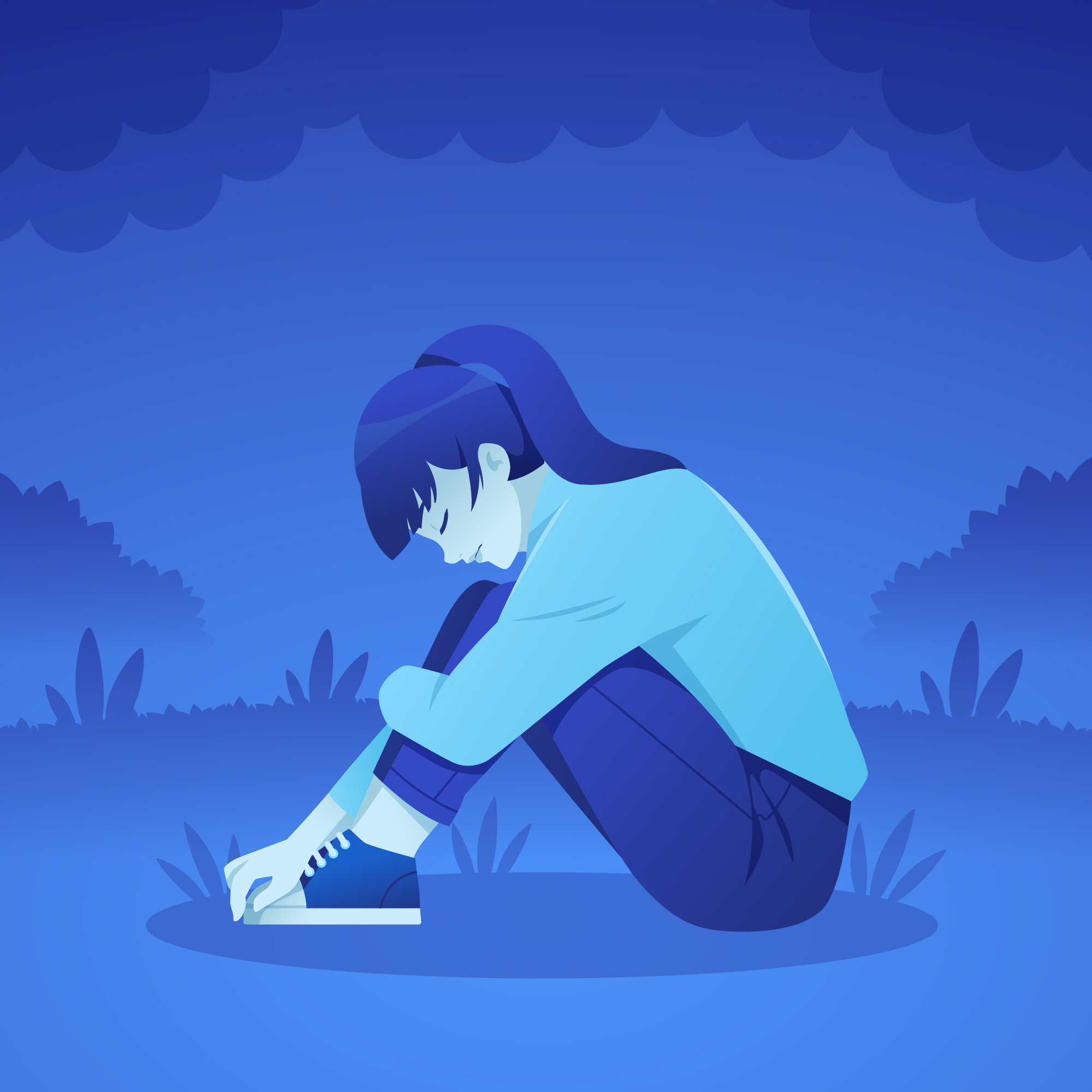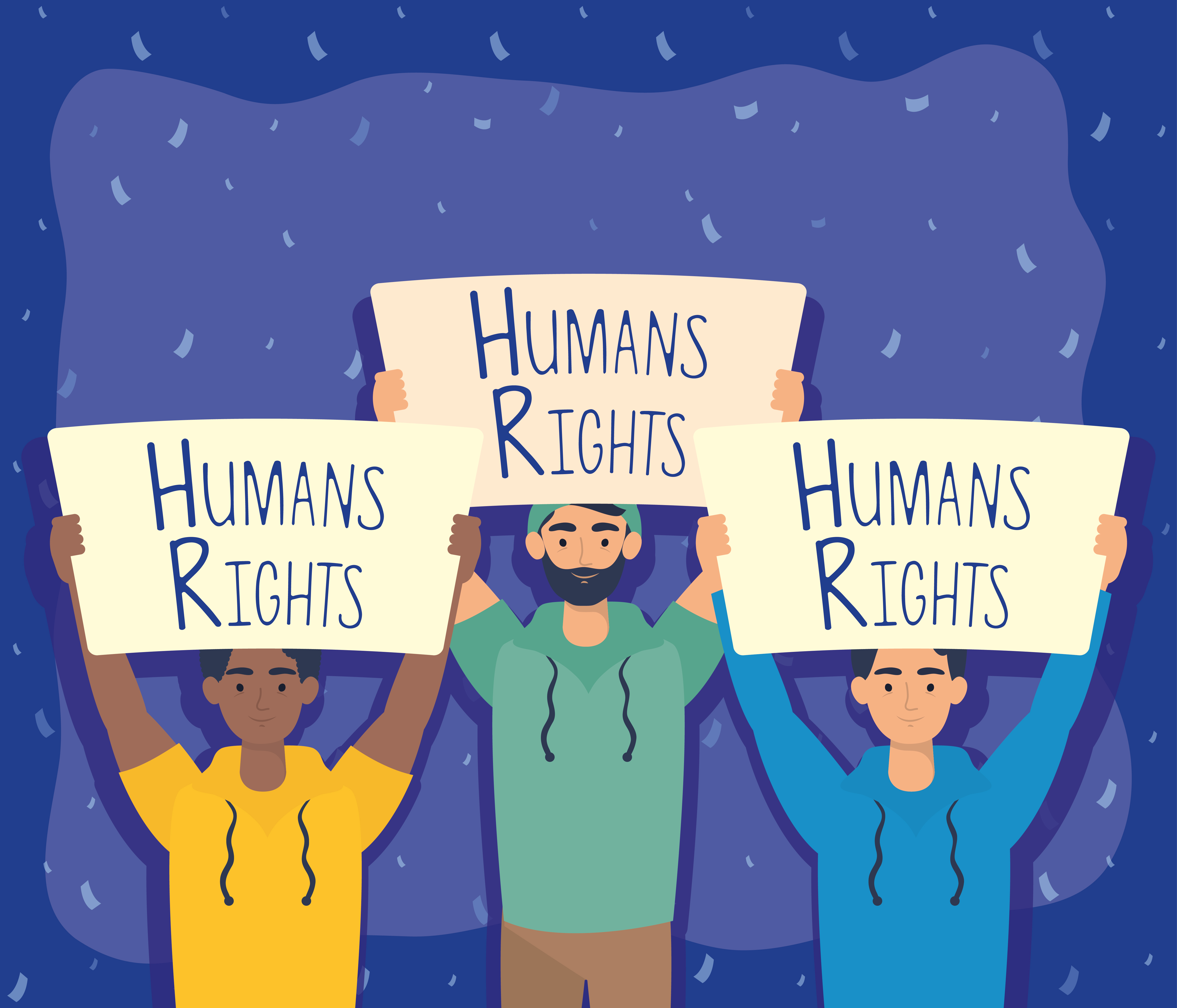I didn’t learn about collective punishment as a teenager—reading about war crimes. I remember the moment vividly: the language was clinical, the violations horrific. Among the acts prohibited under the Geneva Conventions, there it was—collective punishment. The targeting of a group for the actions of one. It was described as a violation so clear, so intuitively unjust, that no civilised nation should ever permit it.
I remember being stunned that something so cruel had happened often enough to require naming. And I remember thinking—like so many teenagers with rigid ideals and a sharp moral compass—that of course we wouldn’t do that. Not here. Not now. Not in schools.
-
Ava and the Geneva Convention
It began, as so many modern parables do, with a child who told the truth—and a parent who shared it. The image was ordinary: a school feedback form, completed in pencil, uneven in its lines, confident in its voice. The caption read: “My daughter…
I was wrong.
When I saw it happening to my daughter—when her team’s volleyball game was cancelled because of the struggles of my ADHD autistic daughter—my first feeling wasn’t confusion. It was horror. The horror of recognition. The thing I had once understood only as a war crime was being enacted calmly, casually, with full institutional backing, inside a public elementary school. The principal said she had to act ‘swiftly.’
And no one else seemed to see it. Not the District Principal assigned to our appeal. Not the District Inclusion Director.
Collective punishment is not an unfortunate behavioural strategy. It is not a regrettable but necessary part of classroom management. It is a method of domination with a violent history, entrenched in violent traditions like residential schools. Entire towns were destroyed under its logic—communities executed, children killed, families vanished. Under fascist and colonial regimes, collective punishment was used not to teach, but to terrorise. Not to shape behaviour, but to erase resistance. It was never about justice. It was always about control.
That is the tradition being drawn upon—knowingly or not—when a school punishes a roomful of children to make an example of one. That is the lineage. That is the stain.
I didn’t need to Google whether it was illegal under international law. But I did go looking for whether it was permitted here. I read the School Act. I combed through ministry policy. I tried to find words that would confirm what I already knew in my bones: that this should never have happened. That it was wrong. That someone should have stopped it.
Now, 6 months later, when a parent searches “punishment schools BC,” this site appears third in Google.
That matters because it means a parent like me—gutted, ashamed, desperate for confirmation that what they saw was real—might find this. Not buried in a PDF. Not tucked behind a legal glossary. But plainly, unmistakably, in language that does not flinch:
What happened to your child is wrong.
And someone should have said so sooner.
-
What is collective punishment?
Collective punishment occurs when a group is penalised for the actions of one or a few individuals. In schools, this…
-
Collective punishment: a focal point of injustice
Collective punishment, the practice of disciplining a whole group for the misdeeds of one or a few, is widely recognised…
-
What can you do to help end collective punishment in BC schools?
This FAQ outlines concrete actions families, educators, and allies can take to expose the harm of collective punishment in BC…











